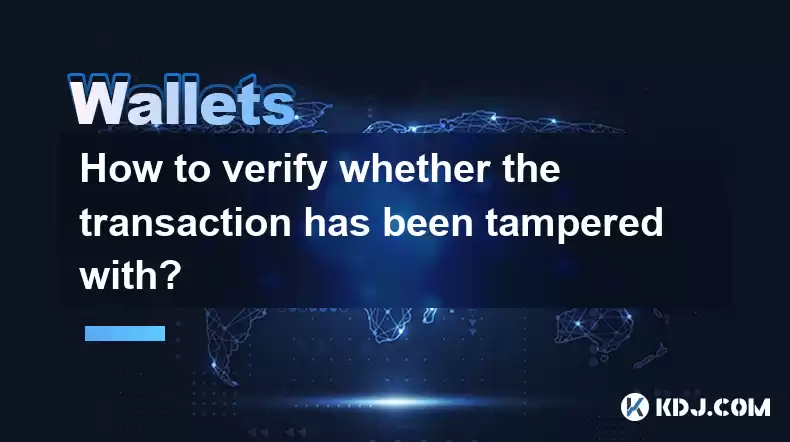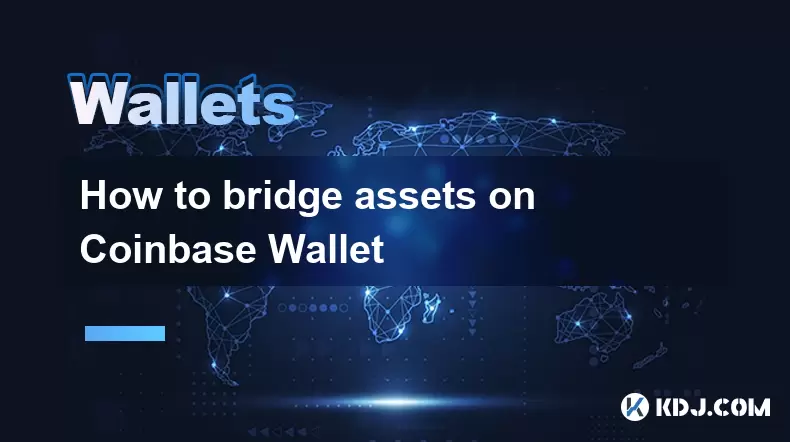-
 Bitcoin
Bitcoin $117500
-0.66% -
 Ethereum
Ethereum $3760
-1.24% -
 XRP
XRP $3.087
-2.54% -
 Tether USDt
Tether USDt $0.9999
-0.01% -
 BNB
BNB $803.6
-4.03% -
 Solana
Solana $180.3
-4.15% -
 USDC
USDC $0.9998
-0.01% -
 Dogecoin
Dogecoin $0.2218
-4.92% -
 TRON
TRON $0.3366
3.71% -
 Cardano
Cardano $0.7785
-3.73% -
 Hyperliquid
Hyperliquid $42.90
-4.75% -
 Sui
Sui $3.797
-7.45% -
 Stellar
Stellar $0.4165
-2.32% -
 Chainlink
Chainlink $17.65
-4.17% -
 Bitcoin Cash
Bitcoin Cash $561.0
-3.86% -
 Hedera
Hedera $0.2611
-4.54% -
 Avalanche
Avalanche $24.33
-7.02% -
 UNUS SED LEO
UNUS SED LEO $8.972
0.06% -
 Litecoin
Litecoin $107.6
-2.79% -
 Toncoin
Toncoin $3.254
-1.84% -
 Shiba Inu
Shiba Inu $0.00001306
-4.69% -
 Ethena USDe
Ethena USDe $1.001
0.00% -
 Uniswap
Uniswap $10.10
-4.83% -
 Polkadot
Polkadot $3.902
-4.63% -
 Monero
Monero $315.1
-2.57% -
 Dai
Dai $1.000
0.02% -
 Bitget Token
Bitget Token $4.499
-2.53% -
 Pepe
Pepe $0.00001145
-7.38% -
 Cronos
Cronos $0.1479
6.07% -
 Aave
Aave $281.3
-4.07%
How to verify whether the transaction has been tampered with?
By verifying transaction details, reviewing the blockchain ledger, and utilizing cryptographic signatures, direct transaction verification ensures the integrity of transactions and identifies potential tampering.
Feb 22, 2025 at 11:00 pm

Key Points:
- Understanding Transaction Tampering
- Methods for Verifying Transaction Integrity
- Blockchain-Based Verification Techniques
- Third-Party Validation Services
- Importance of Secure Storage and Monitoring
How to Verify Whether the Transaction Has Been Tampered With?
Understanding Transaction Tampering
Transaction tampering is a malicious attempt to alter or manipulate transaction data after it has been broadcast to a blockchain network. This can compromise the integrity of the blockchain, allowing unauthorized alterations to transactions or the creation of fraudulent transactions.
Methods for Verifying Transaction Integrity
- Direct Transaction Verification: Examining the transaction details (e.g., sender, recipient, amount, timestamp) and comparing them to the original sent transaction. Any discrepancies indicate potential tampering.
- Blockchain Verification: Reviewing the transaction data on the blockchain ledger. If the transaction is not recorded or if its details differ from the sent transaction, it may have been tampered with.
- Cryptographic Signatures: Transactions are signed with digital signatures generated using private keys. Verifying these signatures ensures that the transaction has not been altered since its creation.
- Timestamping: Timestamps provide a chronological record of transactions. Altering a timestamp may indicate an attempt to tamper with the transaction's sequence or validity.
Blockchain-Based Verification Techniques
- Blockhash Verification: Blockchains record transaction data in blocks, each with a unique identifier called a blockhash. Verifying the blockhash associated with a transaction confirms its inclusion in the blockchain and prevents tampering.
- Transaction Merkle Tree: Transactions are organized into a Merkle tree, a hierarchical data structure that generates a root hash. Verifying the root hash ensures that all transactions within a block have not been tampered with.
Third-Party Validation Services
- Independent Auditors: External auditors can be employed to examine blockchain transactions and verify their integrity. This provides an independent assessment of the blockchain's security and prevents fraudulent activities.
- Blockchain Explorers: Blockchain explorers provide a comprehensive view of transaction data and allow users to inspect transaction details. By comparing transactions against multiple explorers, discrepancies can be detected.
Importance of Secure Storage and Monitoring
- Secure Storage of Private Keys: Private keys used to sign transactions must be stored securely to prevent unauthorized access and potential tampering. Use hardware wallets or reputable key management solutions.
- Regular Monitoring: Regularly monitoring transaction activity on the blockchain and checking for any suspicious discrepancies can help identify potential tampering attempts.
FAQs:
Q: Can any transaction be tampered with?
A: No. Blockchain technology employs cryptographic mechanisms and distributed consensus to secure transactions, making unauthorized tampering difficult.
Q: How can I protect my transactions from tampering?
A: Use secure wallets, verify transaction details thoroughly, and consider using blockchain verification techniques or third-party services.
Q: What are the consequences of transaction tampering?
A: It can compromise the integrity of the blockchain, create fraudulent transactions, or cause financial losses for users.
Q: How can I report a suspected transaction tampering incident?
A: Contact the appropriate blockchain development team, exchange, or regulatory authorities.
Q: What are the best practices for secure transaction management?
A: Use strong passwords, two-factor authentication, and regularly monitor your accounts and transactions.
Disclaimer:info@kdj.com
The information provided is not trading advice. kdj.com does not assume any responsibility for any investments made based on the information provided in this article. Cryptocurrencies are highly volatile and it is highly recommended that you invest with caution after thorough research!
If you believe that the content used on this website infringes your copyright, please contact us immediately (info@kdj.com) and we will delete it promptly.
- Trump Coin (TRUMP): Technical Analysis and Cryptocurrency Speculation
- 2025-07-30 02:50:13
- Snorter Presale: How This Solana Bot Could Spark the Next Crypto Explosion
- 2025-07-30 03:30:13
- BlockDAG, X1 App, and PEPE Rebound: The Crypto Trio Turning Heads
- 2025-07-30 01:30:13
- Solana Price Analysis & 2025 Prediction: Can SOL Outpace the Underdog?
- 2025-07-30 01:30:13
- FaZe Banks, MLG Coin, and Resignation: What the Heck Happened?
- 2025-07-30 00:50:13
- Americans, Grocery Costs, and the Great Coin Phase Out: Are You Ready?
- 2025-07-30 00:50:13
Related knowledge

How to bridge assets on Coinbase Wallet
Jul 27,2025 at 01:14am
What Is Asset Bridging in the Context of Coinbase Wallet?Bridging assets refers to the process of transferring tokens from one blockchain network to a...

Can I use Coinbase Wallet without a Coinbase account?
Jul 18,2025 at 04:35am
What is Coinbase Wallet?Coinbase Wallet is a self-custodial wallet that allows users to store, send, and receive various cryptocurrencies directly on ...

How to speed up a transaction on Coinbase Wallet
Jul 27,2025 at 07:14am
Understanding Transaction Speed on Coinbase WalletWhen using Coinbase Wallet, users may occasionally encounter delays in transaction confirmations. Th...

Coinbase Wallet "uh oh something went wrong"
Jul 20,2025 at 10:00am
Understanding the Coinbase Wallet Error: 'Uh Oh, Something Went Wrong'If you're a Coinbase Wallet user, encountering the error message 'Uh Oh, Somethi...

How to add Optimism network to Coinbase Wallet
Jul 20,2025 at 05:21am
What is the Optimism Network?The Optimism network is a Layer 2 scaling solution built on top of the Ethereum blockchain. It aims to enhance transactio...

How to add Arbitrum to Coinbase Wallet
Jul 18,2025 at 03:00pm
Understanding Arbitrum and Its Integration with Coinbase WalletArbitrum is a layer-2 scaling solution developed by Offchain Labs to enhance the speed ...

How to bridge assets on Coinbase Wallet
Jul 27,2025 at 01:14am
What Is Asset Bridging in the Context of Coinbase Wallet?Bridging assets refers to the process of transferring tokens from one blockchain network to a...

Can I use Coinbase Wallet without a Coinbase account?
Jul 18,2025 at 04:35am
What is Coinbase Wallet?Coinbase Wallet is a self-custodial wallet that allows users to store, send, and receive various cryptocurrencies directly on ...

How to speed up a transaction on Coinbase Wallet
Jul 27,2025 at 07:14am
Understanding Transaction Speed on Coinbase WalletWhen using Coinbase Wallet, users may occasionally encounter delays in transaction confirmations. Th...

Coinbase Wallet "uh oh something went wrong"
Jul 20,2025 at 10:00am
Understanding the Coinbase Wallet Error: 'Uh Oh, Something Went Wrong'If you're a Coinbase Wallet user, encountering the error message 'Uh Oh, Somethi...

How to add Optimism network to Coinbase Wallet
Jul 20,2025 at 05:21am
What is the Optimism Network?The Optimism network is a Layer 2 scaling solution built on top of the Ethereum blockchain. It aims to enhance transactio...

How to add Arbitrum to Coinbase Wallet
Jul 18,2025 at 03:00pm
Understanding Arbitrum and Its Integration with Coinbase WalletArbitrum is a layer-2 scaling solution developed by Offchain Labs to enhance the speed ...
See all articles

























































































